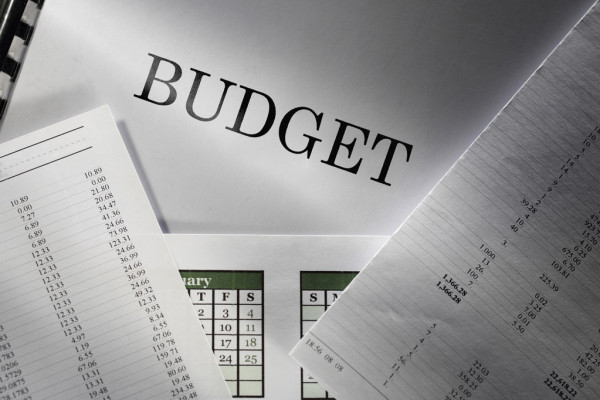On 28th October, the UK Autumn Budget 2021 was announced by Chancellor Rishi Sunak, detailing the current state of our economy and measures that will be taken to improve it in the wake of the Coronavirus pandemic and its continued impact on the country.
The economy has been forecast to return to its pre-Covid level by 2022, with the country’s annual growth to rebound to between 6% and 6.5% over the next year. Here is a breakdown of the measures being taken to ensure these milestones are hit.
Improvements for Wages and Universal Credit
- Since February 2020, the UK has seen a growth in wages of 3.4%. This figure is likely to increase as the predicted peak of unemployment for 2022 has now fallen from 12% to 5.2%, with the International Monetary Fund (IMF) projecting that the UK’s annual employment rate to continue to be below countries like France and Canada.
- The National Living Wage will increase starting next April for each age bracket. For those 23 and older, the minimum will increase from £8.91 to £9.50 an hour. The National Minimum Wage for under 18s will be £4.81, for 18–20-year-olds it will be £6.83, and for 21–22-year-olds it will be £9.18. The Apprentice Rate is also set to rise to £4.81 an hour.
- The Universal Credit taper rate has been cut by 8%. The taper rate is the amount deducted per pound earned, and it has been reduced from 63p to 55p. This means that those who are working whilst on Universal Credit will be earning more.
Changes to Taxation
- Deadlines for Capital Gains Tax (CGT) returns has been extended from 30 to 60 days. The deadline extension has been implemented with immediate effect, meaning that disposals of residential property in the UK completed on or after 27th October 2021 will have the extended deadline.
- From 6th April 2022 changes to the rate of income tax applied to dividend income will be applied across the UK. The rate will increase by 1.25%. This means that the dividend ordinary rate will be 8.75%, the upper rate will be 33.75%, and both the additional rate and trust rate will be set at 39.35%. These changes will help to fund the previously announced health and social care settlement.
- National Insurance Contributions (NICs) are also changing refer to our previous blog here.
- Eligible businesses in the retail, hospitality, and leisure sectors will receive a temporary business rates relief of 50% to aid in their pandemic recovery in 2022-23. It is worth almost £1.7 billion and will be available to over 90% of businesses within the listed sectors.
- Plans for a rise in fuel duties have been cancelled due to the sharp increase in fuel costs, with prices being at their highest in eight years.
- Flights taking place within UK nations will see a 50% cut in the Air Passenger Duty (APD) rate, whilst flights taking place over distances greater than 5500 miles from London will see a greater charge and be classed in a new APD band called “ultra-long-haul”. The introduction of this new band is a part of the government’s environmental objectives.
- A 4% levy is to be introduced for residential property developers with an annual profit of over £25 million from April 2022. The money from this tax will be used to fund housing safety improvements, such as the removal of unsafe cladding.
Government Funding
- In addition to the £8 billion already planned for the NHS to provide care that has been delayed due to Coronavirus, a further £5.9 billion investment shall be made to tackle the non-emergency backlog and to update their technology.
- £11.5 billion will be invested into the construction of 180,000 homes through the Affordable Homes Program, with two of this being for homes outside of London. A further £1.8 billion will be used for improving brownfield sites to be used as land for housing. These are a part of a multi-year housing settlement costing nearly £24 billion.
- Over the next 5 years the government will be investing £5.7 billion into the integration and modernization of UK transport, with the aim of creating a similar travel infrastructure to that of London.
If you have any further queries about the Autumn 2021 Budget, do not hesitate to contact our team, we are more than happy to answer any questions or concerns











Recent Comments